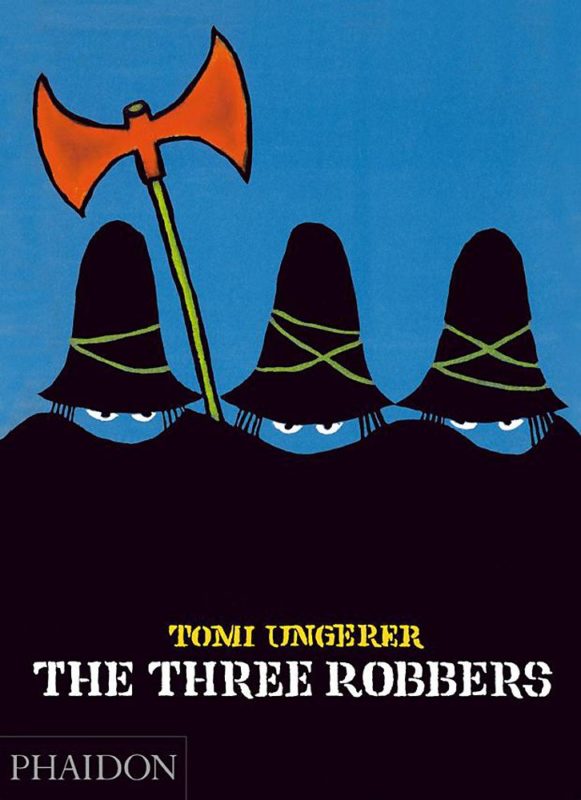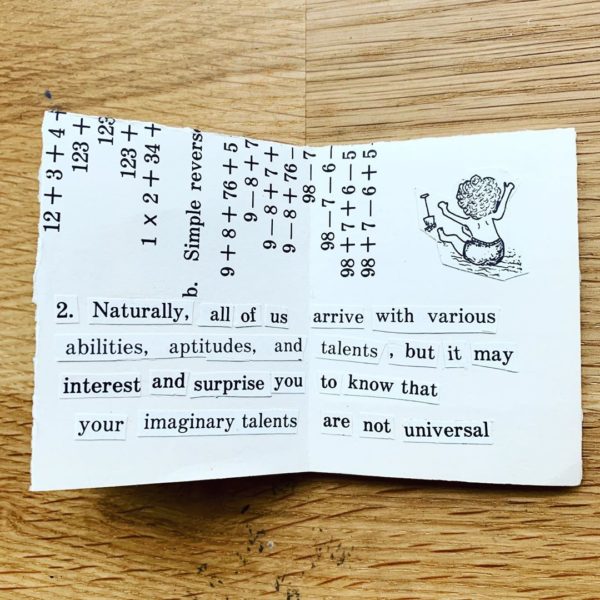My July pick for our Read Like an Artist book club is Tove Jansson’s The Summer Book. To get the book in time to join our discussion next month, sign up now.
Here’s my intro:
Tove Jansson, the writer and artist best known for creating the Moomins, spent her summers on an island in the gulf of Finland with her lifelong partner, Tuulikki Pietila. She wrote most of her books there, and she wrote The Summer Book, about a girl and her grandmother living on an island, at the age of sixty, after losing her mother. I love this book because it’s what I wish all my summers would feel like, deep and just a little dark and surrounded by the sea…

The timing couldn’t be better: a new festival is starting in the UK called The Woman Who Fell in Love with An Island. (Inspired by a letter she wrote to Tooti in 1963, asking her partner if she’d read the D.H. Lawrence story, “The Man Who Loved Islands”: “How about ‘The Woman Who Fell in Love with an Island’?”)
The Guardian recently published “How Tove Jansson’s love of nature shaped the world of the Moomins,” with more about their life on the island, including this passage about their “hut” and routine:
Like the lighthouse that the author hymned in Moominpappa at Sea, the hut’s one room had windows facing in all directions so that Tove and Pietilä could watch the horizon from 360 degrees, and see the winds and storms coming and going. Seated at separate desks (in Helsinki they lived in separate apartments joined by an attic corridor), they “got a lot into the day”. While Jansson wrote, Pietilä drew, or filmed with her 8mm camera. Occasionally they had a joint project, constructing scenes from the Moomin books, with Pietilä making the 3D models and Jansson painting them: “That was their play time.”

Back in April, I watched a (rare) documentary made up of footage Tooti shot on 8mm: Haru, Island of the Solitary.
Jansson wrote a piece called “The Island” that is, according to translator Hernan Diaz, “at once a short story, an essay, and a prose poem,” which “reads both like a sketch for The Summer Book (published eleven years later) and a vignette of Klovharu, the island where Jansson and Tuulikki Pietilä, her partner, built a summerhouse in the mid-60’s.”
It begins: “There is a surprisingly large number of people who go around dreaming about an island.”
I am one of them!



















